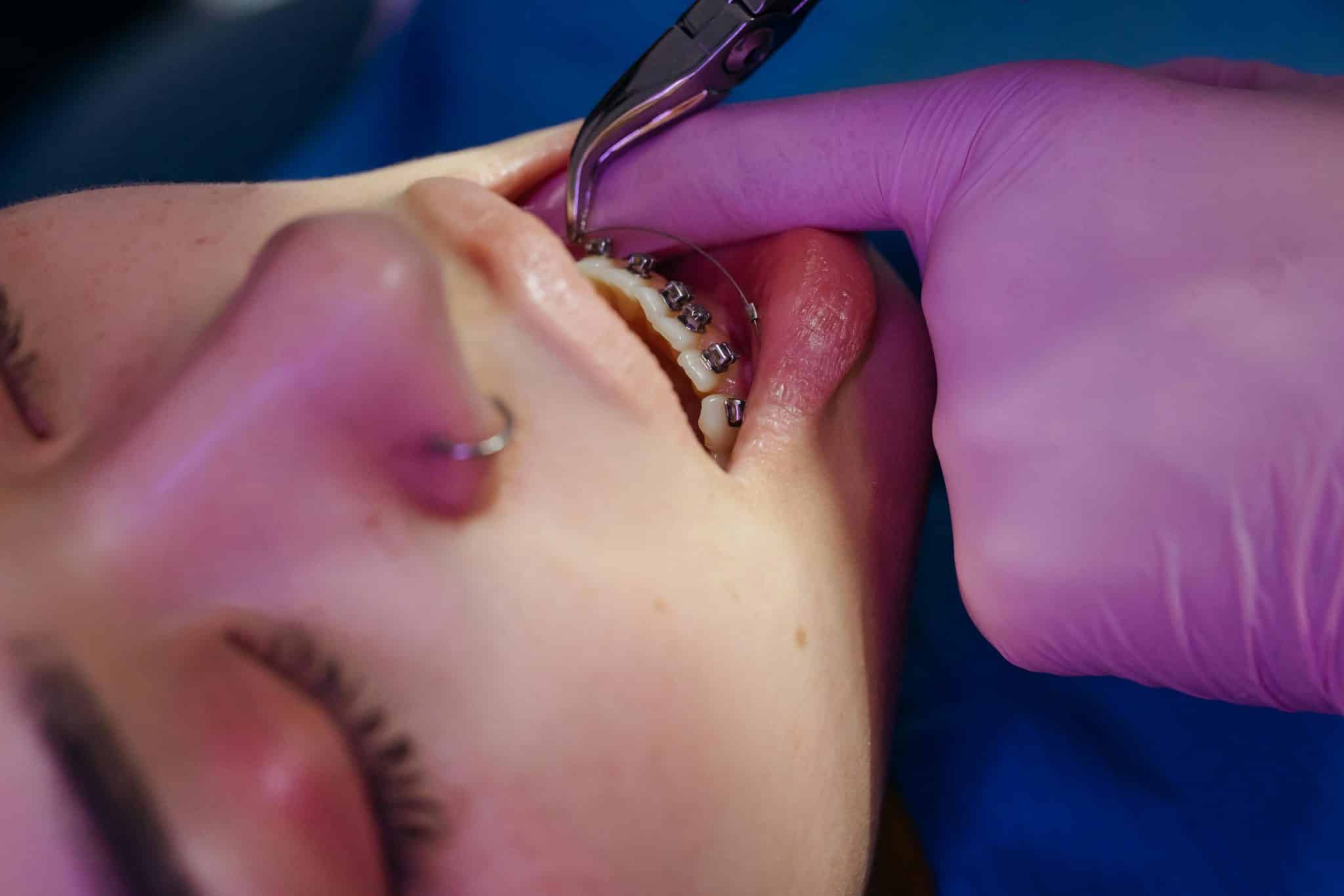Braces adjustments are a critical component of orthodontic treatment that ensures teeth move gradually into their correct positions. The frequency of these adjustments depends on various factors including treatment progress, individual response to treatment, and the type of braces being used in the area of Brookhaven. Understanding the adjustment schedule helps patients prepare for their orthodontic journey and maintain realistic expectations.
Regular adjustments allow orthodontists to monitor progress and make necessary modifications to the treatment plan. While giving braces brookhaven, specialists follow established protocols that balance effectiveness with patient comfort.
The adjustment process involves careful evaluation of tooth movement and strategic modifications to continue guiding teeth toward their desired positions. This article explores the typical adjustment schedule and factors that influence the frequency of orthodontic appointments.
The Basic Adjustment Schedule
Most orthodontic patients require adjustments every four to six weeks during active treatment. This timeframe allows sufficient time for teeth to respond to the applied forces while preventing excessive discomfort. The standard schedule ensures steady progress while giving tissues adequate time to adapt to the changes.
During each adjustment appointment, orthodontists evaluate tooth movement and make necessary modifications to wires, brackets, or elastic bands. They assess whether the treatment is progressing according to plan and make adjustments to maintain proper force levels.
Factors Affecting Adjustment Frequency
Several factors influence how often braces require adjustments throughout the treatment process. Age plays a significant role, as younger patients often experience faster tooth movement and may need more frequent adjustments.
Adults typically require longer intervals between appointments due to slower biological responses. The complexity of the orthodontic case also affects adjustment frequency. Simple alignment issues may require fewer adjustments, while complex cases involving jaw alignment or severe crowding might need more frequent monitoring.
Treatment Phase Considerations
The frequency of adjustments often varies depending on the treatment phase. During the initial alignment phase, adjustments may occur more frequently as teeth begin their movement. This phase typically requires careful monitoring to ensure proper force application and patient comfort.
As treatment progresses into the intermediate phase, adjustment intervals may become more standardized. The final phase often involves fine-tuning movements and may require more frequent visits to achieve precise positioning.
Types of Adjustments Performed
Orthodontic adjustments involve various procedures designed to continue tooth movement effectively. Wire changes are common adjustments that alter the force applied to teeth. Orthodontists may replace wires with different materials or shapes to achieve specific movements.
Bracket repositioning sometimes becomes necessary when teeth do not respond as expected. The following adjustments are typically performed during appointments:
- Tightening or loosening elastic bands
- Check and replacing worn or damaged brackets
- Adjusting wire tension and positioning
- Adding or removing orthodontic accessories
- Evaluating and modifying treatment plans
These modifications ensure treatment continues progressing toward the desired outcome while maintaining patient comfort.
Patient Response and Comfort
Individual patient responses to braces affect adjustment frequency and treatment duration. Some patients experience rapid tooth movement, while others progress more slowly. Orthodontists monitor these responses and adjust treatment schedules accordingly.
Comfort levels also influence adjustment timing. Patients who experience excessive discomfort may require modified approaches or longer intervals between appointments. Orthodontists balance treatment effectiveness with patient comfort to ensure successful outcomes.
Maintaining Progress of the Treatment
Consistent attendance at scheduled adjustment appointments is essential for maintaining treatment progress. Missed appointments can extend treatment duration and affect final results. Patients should follow the orthodontist’s recommendations regarding appointment frequency and timing. Proper oral hygiene and compliance with dietary restrictions also impact adjustment frequency.
The frequency of adjusting braces brookhaven typically follows a four to six-week schedule, though individual factors may influence this timing. Regular adjustments ensure steady progress toward treatment goals while maintaining patient comfort. Understanding the adjustment process helps patients prepare for their orthodontic journey and achieve successful treatment outcomes.








